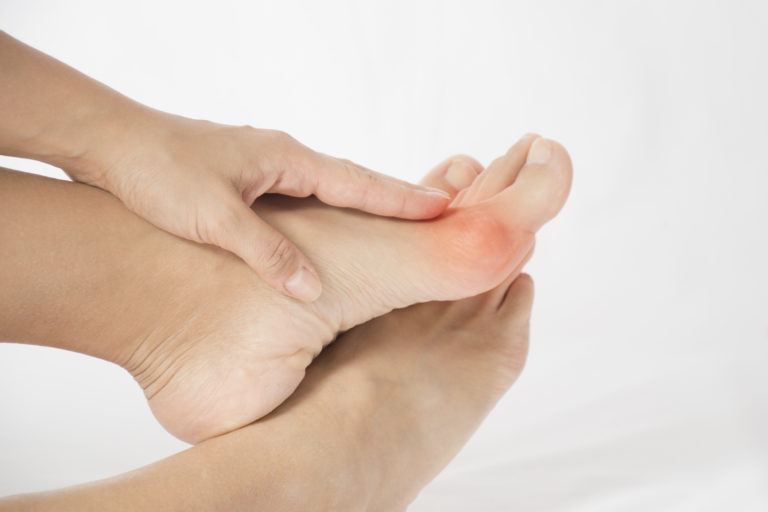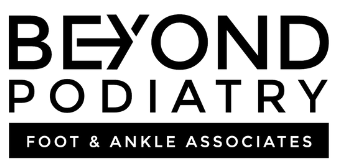Bunion Treatment at Home
Bunions are a common but painful condition. Luckily, it is possible to manage your bunions using at-home treatments, to keep them from getting worse and help you stay comfortable.
From pads for bunions to exercises and Epsom salts, here we explore some of the best at-home bunion treatments readily available to you.
Looking for expert in-person treatment? Book an appointment with your local Michigan, Illinois, or Kentucky Beyond Podiatry branch, today.
Tape and Pads for Bunions
Some of the most popular at-home bunion treatments involve bunion tape and pads, which can be purchased at most drug stores. Tape and pads for bunions are designed to reduce the pressure on the metatarsophalangeal (MTP) joint. The MTP joint is found at the base of your big toe and it sticks out when you’re suffering from bunions, after your bones have been pushed out of alignment.
Choose from gel-filled and soft bunion pads to protect your MTP joint from rubbing against your shoes.
Bunion tape works in a similar way. By placing a cushioning pad between the big toe and the second toe, you can stop them from rubbing. Tape this in place using zinc oxide plaster tape.
Exercises for Bunion Relief

You can take control of your bunion treatment at home with stretches and exercises designed to strengthen the surrounding muscles in the big toe, through the foot, and ankle.
Classic yoga poses including the downward dog and seated forward bend can help you keep your feet flexible. You may also wish to work with a physical therapist for exercises for bunion relief, tailored to you. They may also be able to identify why you have developed bunions if it’s due to a particular gait or balance issue. If so, this will provide you with the opportunity to address the root cause for future prevention.
Wide Shoes for Bunions
Bunions can be caused by uncomfortable or restrictive shoes, narrow footwear, or high heels; for this reason, bunions are common in women. If you are starting to get bunions or believe you may be at risk of developing them, changing your footwear may be key to preventing their development.
If you already suffer from bunions, you can change your footwear or use inserts to make it more comfortable and relieve pain.
- Consider custom orthotics – insoles to aid recovery, tailored to you.
- Get your feet measured to choose wide shoes that fit well, with plenty of space for your toes.
- Opt for shoes made of stretchy materials, with good cushioning and arch support.
- Walk barefoot around the house to strengthen your muscles.
Ice and Heat Therapy
Ice and hot water can do a lot to relieve the day-to-day symptoms of bunions.
- Use ice to decrease swelling. Keep an ice pack ready so you can return to it throughout the day, and keep the size of your bunions down, to minimize rubbing.
- Soak your feet in warm water to reduce pain after a long day of standing and walking. Add naturally occurring Epsom salts to the water, to act as an anti-inflammatory.
When Is It Time to Call the Doctor?
The above methods can offer much-needed relief from day-to-day bunion pain and discomfort, but completing bunion treatments at home can only help so much; they are all short-term solutions to the problem.
Medical solutions from reputable podiatrists can improve your condition in the long term. Request an appointment with your local office of Foot and Ankle Associates as soon as you get symptoms of bunions, or if you’ve been suffering from them for a while. Your podiatrist will be able to advise on the best course of action for you, whether that’s wearing a splint at night, or one of many minimally-invasive bunion surgery options.
